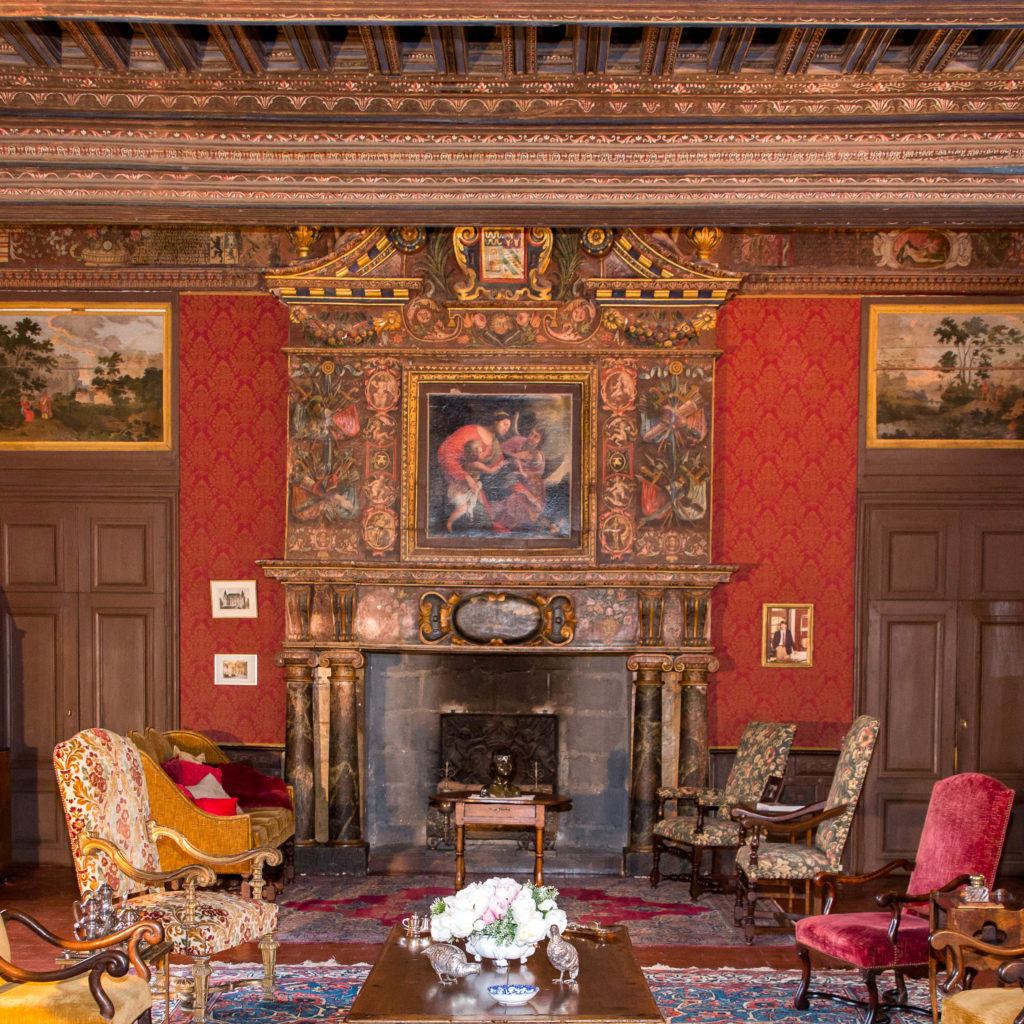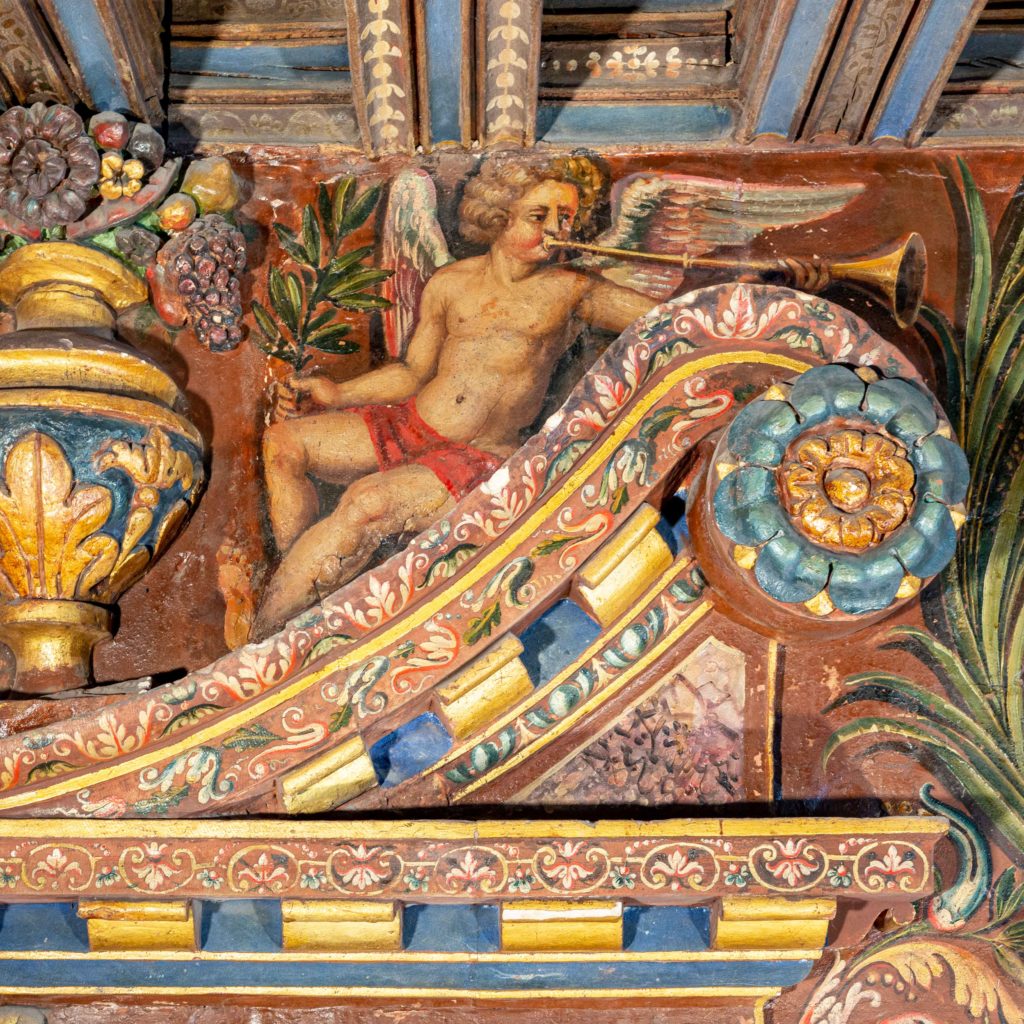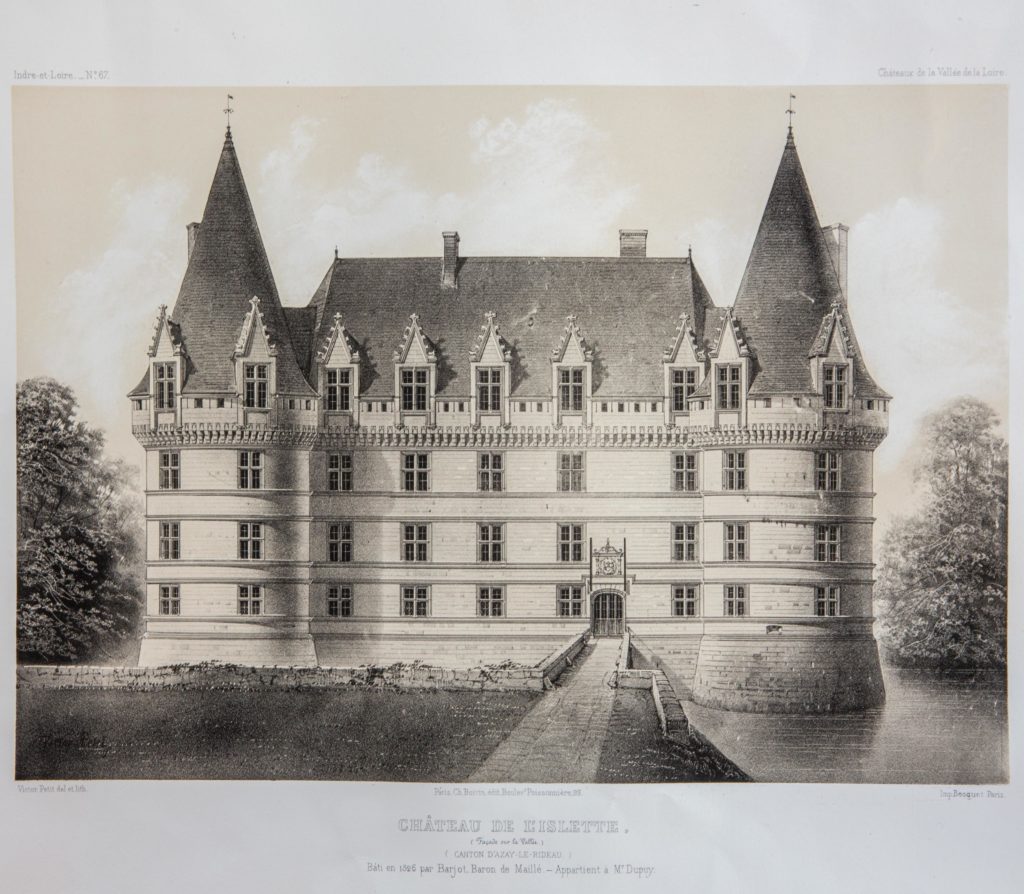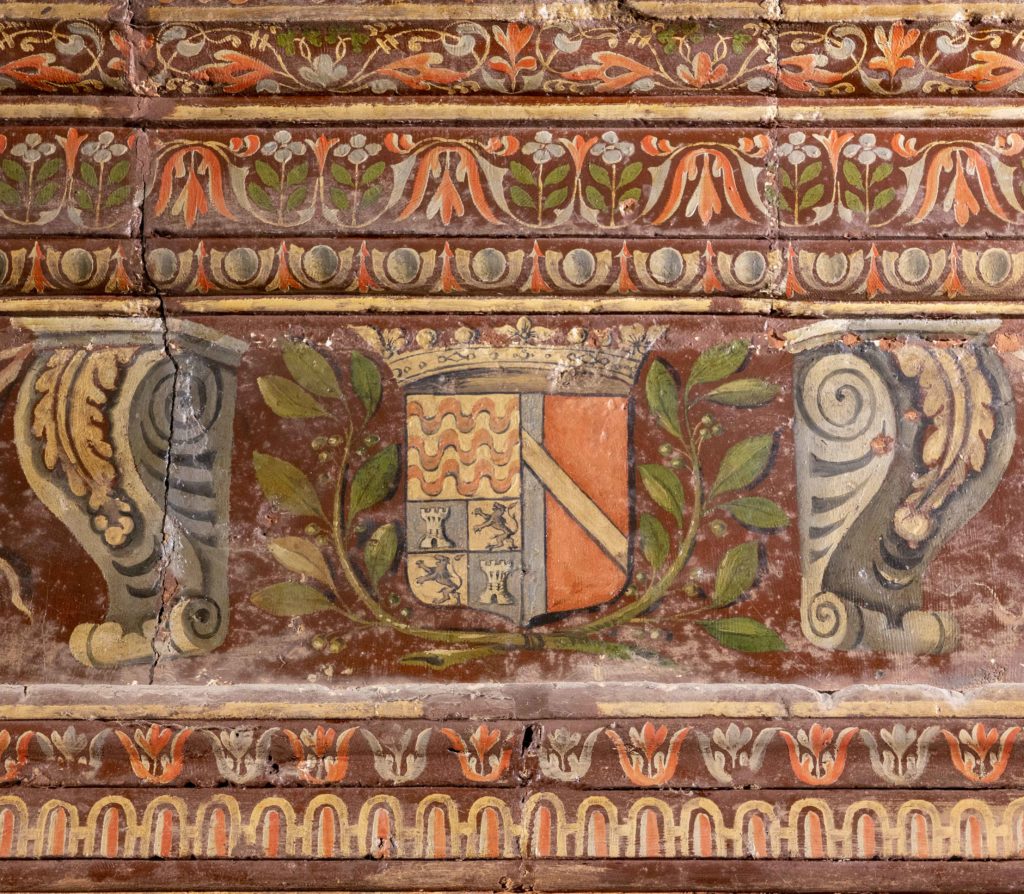The castle
A very special chateau on the Indre
Two kilomètres West of Azay-le-Rideau, you enter l’Islette by a gateway, dated 1638, framed by two square pavillions.
The château is on the left bank of the Indre, and a bridge spans the main branch, revealing the old mill which distributes the water. It was probably originally a common mill where everyone had to come and grind their wheat in return for a fee to the lord.
The castle
A long, rectangular, three-storey building, flanked by two imposing towers; from its architectural concept and being surrounded by water the château is reminiscent of Azay-le-Rideau. Tradition has it that L'Islette was built by the same team who built Azay. It was finished around 1530.
There are the same double rows of mouldings between each storey, the mullioned windows have the same proportions with a scroll in the centre of the lintels, and topped by the same machiolated walkway. The resemblance was more striking before the early 19th century when the moat was filled in, the attic gables reduced in size and the towers lowered, giving it its appearance today.
The main entrance, formerly accessed by a drawbridge of which the grooves remain as witness, is ornamented by a finely sculpted escutcheon of the Barjot de Roncée family's coat of arms supported by two charming Renaissance cherubs.
On the ground floor of the East Tower, the completely restored ogive-arched chapel shows painted murals and a vault decorated with stars.
Passing through the Guardroom, you come to a wide, stone spiral staircase leading to the first floor, “The Noble Floor”.
The current owners live in the chateau, so it is furnished as a home.

The great hall
On the first floor, the Great Hall (15m long by 9m wide) has remarkable early 17th century pictorial decorations.The decorations cover the entire ceiling, the plinths and the monumental fireplace; they picture elegant bouquets of flowers and bucolic scenes.
The walls have an ornamental frieze at the top representing the wedding rings of the Maillé and Carman families, described by an inscription by the fireplace:
"Here are the wedding rings of the Sires of Carman since François Léon, younger brother of Count Léon, married Béatrix, heiress to the house of Carman, to take the name and the arms of the aforesaid house, and to share with the said seigneur of Léon, his brother, the seigneury hereby established as an earldom."

The history of the castle in a few milestones…

L'Islette was classified as a historical monument by order of 15 November 1946.
In the middle of the 60's, the castle was the subject of a major restoration campaign by Pierre and Madeleine Michaud, parents of the current owners.
2010 : opened to the public.

